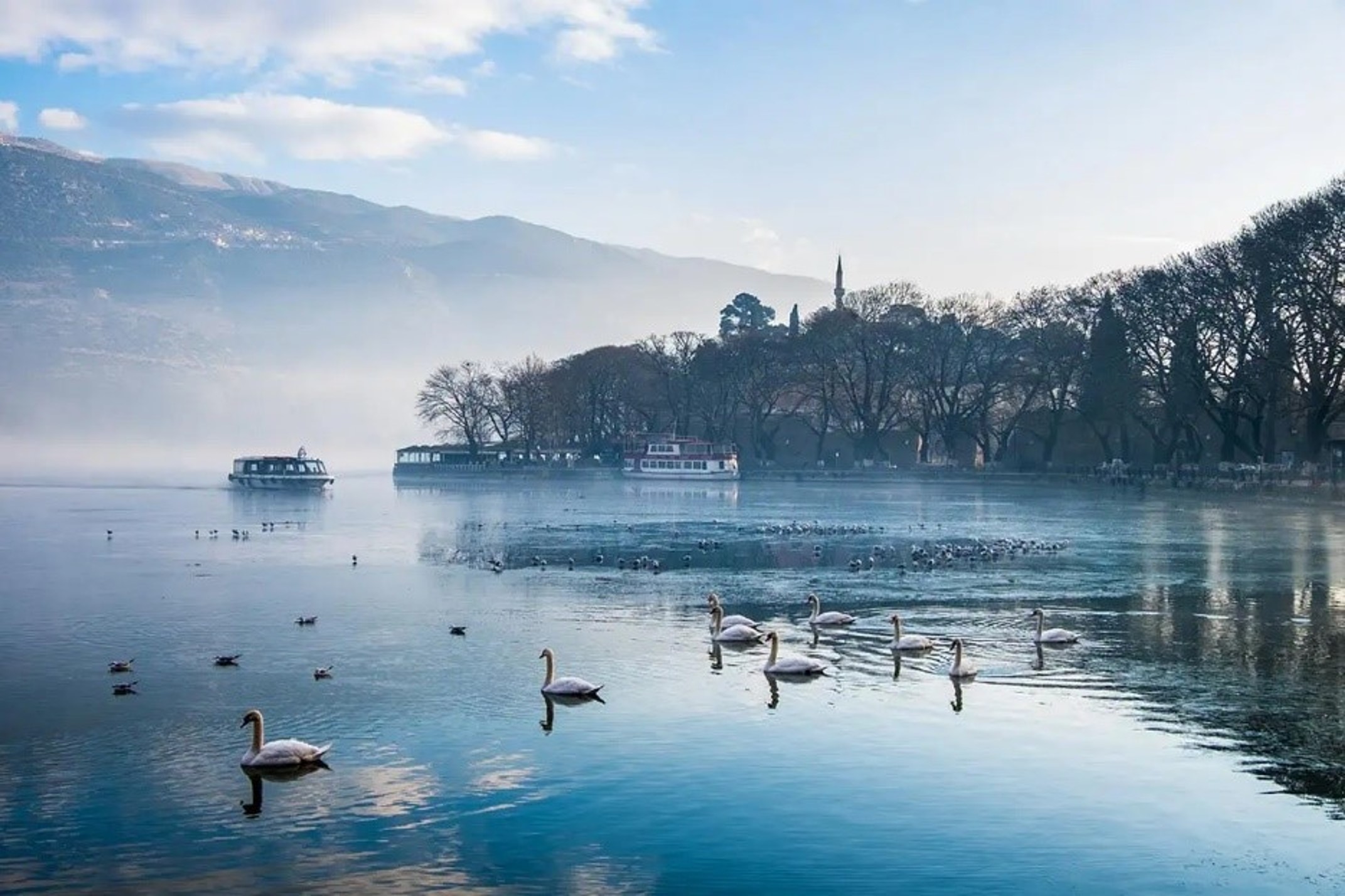Ioannina's Pilot City Activity: Creating and monitoring of Climate Neutral Zones in Ioannina City District as pilot activities (CRISP)

Background
Climate Neutral Zones form an innovative experiment for running neighbourhood-scale experiments to move towards the vision of climate neutrality by 2030. The zoning approach aims to address small-scale challenges related to creating a sense of climate security for citizens and visitors.
The Climate Neutral Zones face the challenge of being fairly distributed within the urban web in terms of the respective needs and levels of climate issues in different areas. Therefore, there is a paramount need for a two-level dialogue with stakeholders that will help the city understand the evolving expectations. On the first level, civil society, along with local businesses and communities, needs to identify baseline conditions and co-create a common vision for their neighbourhoods. On the second level, scientific bodies such as the Technical Chamber and the Academia need to provide technical assistance in addressing the challenges identified in the baseline analysis.
The Climate Neutral Zones can be seen as transition areas building on a participatory and technical roadmap. Scaling up of the model in the city and other EU cities will face barriers, mainly coming from a lack of citizen’s trust in local authorities and innovation, funding, and policy gaps.
Description of Activities
- Engage multiple stakeholders to create a common vision and a roadmap for zero emission neighbourhoods.
- Employ innovative and low-cost solutions for accelerated interventions.
- Map existing land uses and develop a baseline database for informed decisions on climate mitigation and adaptation projects.
- Promote sustainable transportation solutions based on cycling and walking by creating car-free and pollution-free areas.
- Create liveable and inclusive urban neighbourhoods by restoring urban landscapes in decline and connecting existing green areas.
- Reduce air pollution through capacity building at individual and institutional levels to change electric supply and heating models in municipal buildings and private residences.
- Develop an impact evaluation and learning framework to assess environmental quality, co-benefits, well-being, social equity, etc.
- Set the foundation for good governance for transformative urban development towards sustainable, resilient and climate-secure areas.
Objective
To develop Climate Neutral Zones as participatory and research-based experiments in addressing small-scale challenges related to creating a sense of climate security for citizens and visitors.
Are the pilot activities building upon or part of a previous and/or existing activity?
The City of Ioannina has invested heavily in strategic planning towards a resilient city. In this framework, the city has developed a Sustainable Energy Action Plan (SEAP), a Sustainable Urban Mobility Plan, and a series of other strategic documents.
Moreover, the city has participated in a series of EU co-funded projects that offer significant experience, including URBACT, INTERREG Greece-Albania, INTERREG Greece-Italy, INTERREG MED, H2020, and Horizon Europe (2021-2027).
Lastly, the city has developed a Climate Roadmap through the Climate City Contract for 2030, and an explicit Investment Plan was developed towards this cause.
Therefore, the Climate Neutral Zones project builds on a set of existing data, policies, and plans developed through strategic planning and will invest in innovative and participatory solutions inspired by other cities’ paradigms, as examined through the EU co-funded projects.
Which emissions domains will the pilot activities address?
Systemic transformation – levers of change the pilot activities will exploit
Stakeholder types that the city would like to engage in the pilot activities
Transferable features of the pilot activities to a Twin City/ies
- An innovative approach to neighbourhood zoning and data collection based on a bottom-up approach involving civic society and technical institutions;
- A model for Climate Neutral Zones that can be scaled up and replicated in other EU cities;
- An approach for experimenting with innovative urban regeneration models aiming at sustainable energy, heating and mobility, and novel urban planning approaches;
- A “neighbourhood engineer” model aimed at building a bridge between the citizens and local authorities and between data-driven inspections and shared proposals for urban regeneration projects;
- Feedback mechanisms and reporting systems allowing residents to express concerns, provide feedback, and report positive and negative impacts.
This answer is not exhaustive and simply an indicative one.
Enabling conditions that will support the successful replication of your pilot activities in the Twin City
- A favourable social and institutional environment for the facilitation towards the design of low-energy, zero-pollution, high-quality areas to live and thrive;
- An enabling environment and previous successful experiences that build trust between citizens, technical advisors, and authorities and allow for the creation of a common vision;
- Accurate mapping and evaluation of barriers that need to change to enable the envisaged transformations;
- Supportive policy from the local and regional authorities;
- A clear regulatory framework for urban regeneration and interventions related to climate mitigation and adaptation projects;
- Tools to inspire participation of stakeholders, e.g., well-documented procedures, transparent planning, and shared and co-created knowledge;
- Previous projects and experiences to ensure continuity of successful examples;
- Access to a range of funding and financing opportunities to create an enabling environment for experimentation.
This answer is not exhaustive and simply an indicative one.
What does the city want to learn from Twin City/ies?
- Integrated planning that overcomes fragmented approaches;
- Engaging multiple stakeholders in complex urban scale projects;
- Changing established behaviours;
- Approaches to breaking up silos and activating citizens and civic actors afraid to participate;
- Innovative funding tools and preparation for securing resources;
- Low-cost and fast-track community projects related to sustainable energy, green spaces and sustainable mobility that have a significant impact.
This answer is not exhaustive and simply an indicative one.

